A Positive Bicycling Message
Bicycling has been in the news quite a lot lately, for many reasons, and the press has been both positive and negative. On the one hand, much of the coverage has been about violent events that have occurred during recent Critical Mass rides: at a recent CM in Seattle, a driver plowed through a bunch of bicyclists, hitting several, but was then stopped when angry riders slashed his tires (as reported here). Meanwhile, a police officer in New York City tackled a bicyclist during a CM ride, sparking lots of outrage (as reported here).
On the other hand, many people are switching from cars to bicycles in the wake of higher gas prices and raised social pressures to rely on greener forms of transportation. As this happens, the burden is on us, the experienced and enthusiastic cyclists, to keep bicycling fun and safe and to dispel myths about it.
I’ve come across two resources in the past couple of days that speak to these goals. The first is the website of John Pucher: you might remember my posting of a lecture that he gave a while back. The nice thing about Pucher’s work is that he has done comprehensive research to figure out what American cities need to do to continue promoting bicycling. Although his publications are primarily written for an academic audience, they contain a lot of valuable, detailed information that’s vital for arguing for change (see, for example, the article titled, “Making Cycling Irresistible: Lessons from the Netherlands, Denmark, and Germany”).
The second resource that I came across is a nice argument debunking what the author calls the Myth of the Scofflaw Cyclist. One of the most interesting parts deals with the issue of cyclists running red lights. There’s an idea being tested out by Idaho, and possibly California, to change the rules of the road to allow cyclists to treat stop signs as yield signs and red lights as stop signs, in light of the fact that signals are designed for cars and not bicycles.
In any case, let’s keep at it, folks.
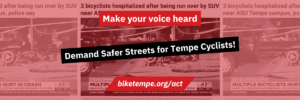
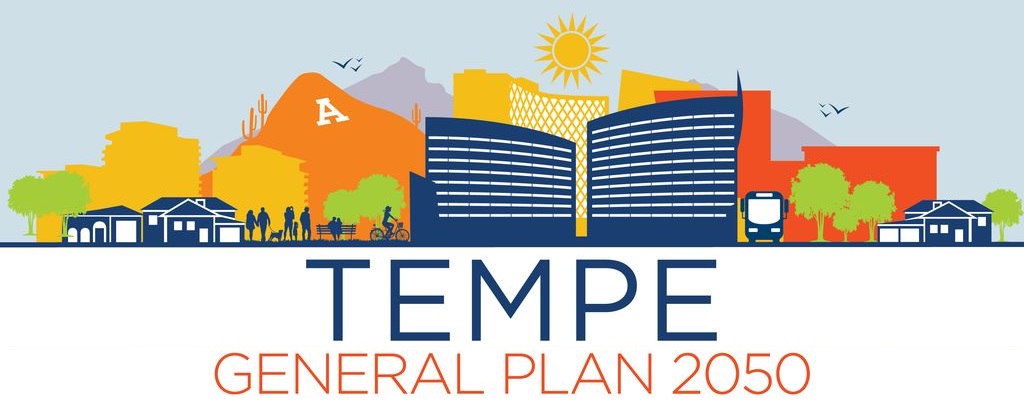
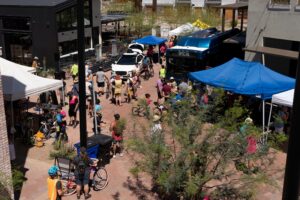

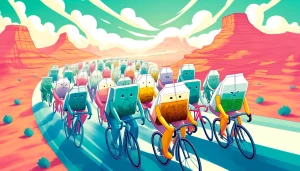
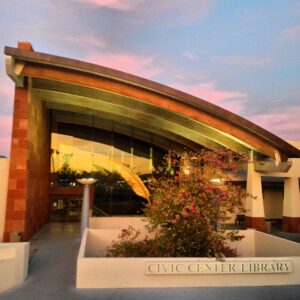
Huh? Signals are for all vehicles including bicycles. They are also for pedestrians.
Maybe Rebecca was talking about the application design? Or mayne not.
As they are designed for cars but adopted by many?
I was on a road just like that today.
I started on green I got halfway across a divided highway and it was already ready red.
Colorado SR 8.